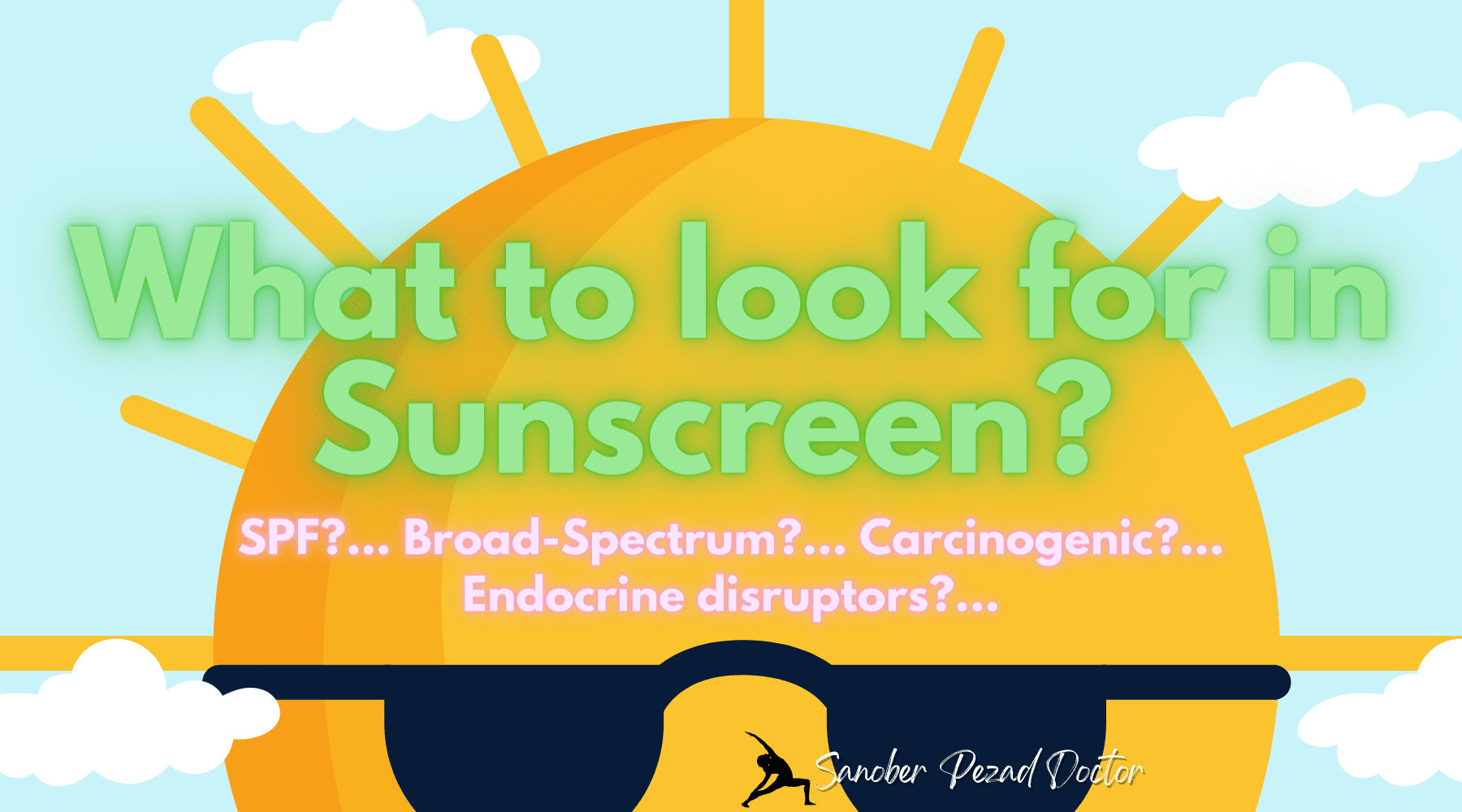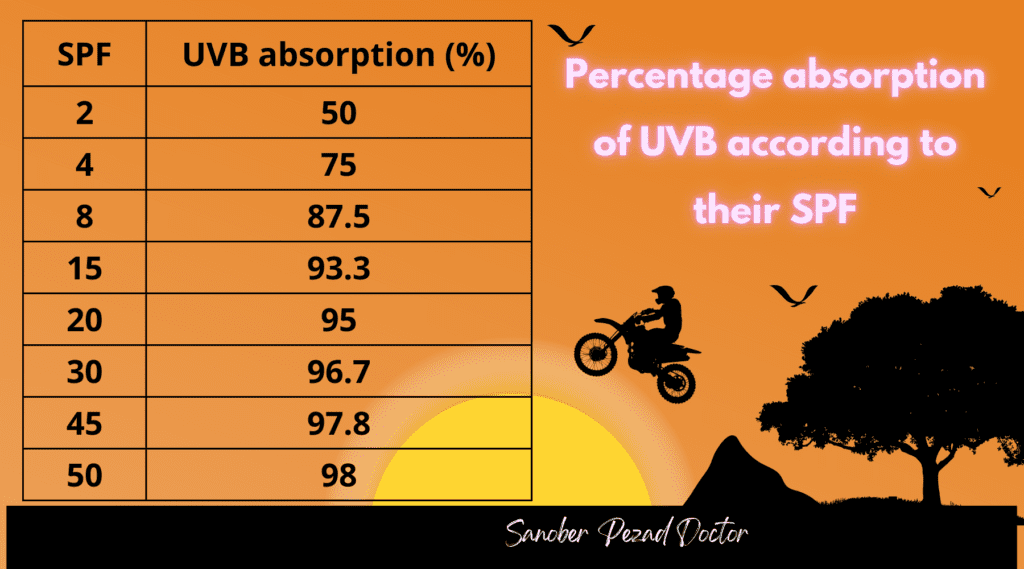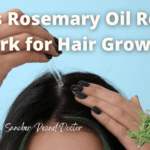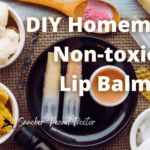What to look for in Sunscreen? Sunscreen Safety 101

Summer is here once again and it’s that time of the year when we get to flaunt ourselves in cool shades, and hats and are repeatedly bombarded with the advice of slathering an adequate amount of sunscreen.
And there was a time in my practice when I recommended and slathered any and every sunscreen that came out as long as I knew it protected against UVA and UVB.
However, recently, reports from the Environmental Working Group (EWG) and Consumer Reports have warned consumers against using many types of conventional sunscreens, especially on children. Some places have even gone as far as banning chemicals in certain formulations.
So, I started digging deeper into this and made changes in my routine & practice over the last few years and I am happy to say, there are an exceptional number of safe and excellent sunscreens available today.
But before we start the blame game and dive into sunscreen controversies, I want you to understand why we need to protect ourselves from the sun and why the use of sunscreens came into existence.
What are the Effects of Ultraviolet Light on the Skin?
Ultraviolet radiation (UVR) is divided into three types: ultraviolet A radiation (UVA), UVB, and ultraviolet C radiation (UVC).
The UV rays that we get exposed to, on the surface of the earth include approximately
- 95%–98% UVA and
- 2%–5% UVB
UVC is completely absorbed by the ozone layer which theoretically should absorb most of the UVB rays as well. [1]
It is UVA that is responsible for the majority of the effects encountered in our dermatological practice such as photoaging, tanning, light-related skin conditions, and skin cancer.
But it is UVB that is responsible for the most severe damage. Acute UVB exposure can cause sunburns while a more chronic, long-term exposure has been implicated in the formation of cancer. I like remembering it this way- ‘the ‘B’ in UVB stands for ‘Burns’!
Hence, protecting ourselves from the harmful effects of ultraviolet rays is not only a farce but an essential requirement today.
What are the Different types of Sunscreens?- Physical and Chemical Sunscreens
Sunscreens are divided into physical and chemical sunscreens based on their mechanism of action. Physical sunscreens, such as titanium dioxide, zinc oxide, and iron oxide, work by physically blocking the UV rays. They either scatter or reflect the rays of the sun. [2]
Chemical-based sunscreens use one or more chemicals such as oxybenzone, avobenzone, octisalate, octocrylene, homosalate, and octinoxate. They go through a chemical reaction by absorbing the high-energy UV rays and releasing them as low-energy rays, thus preventing them from reaching, and damaging, the skin.
You’ve probably heard the stance that most holistic skincare enthusiasts take- ‘If you can’t eat it, you shouldn’t put it on your skin!’ I like that kind of thinking but there are a few ingredients that I know are surely safe but not something I would want to ingest!
Now when it comes to these chemicals there are some special concerns that can be raised:
- Will this cross the skin and get into other tissues of the body?
- Does this chemical have the potential to disrupt hormones?
- Are they safe especially for children?
- Are there long-term known side effects to these chemicals?

The EWG has revealed that the chemicals commonly used in sunscreens may be endocrine disruptors, are estrogenic, and may interfere with the functioning of the thyroid hormone and other processes in the body.
The most common sunscreen chemical, oxybenzone, was found in 96% of the population in a recent study by the Centers for Disease Control and Prevention. This is especially alarming since oxybenzone is considered an endocrine disruptor, can reduce sperm count in men, and may contribute to endometriosis in women.
The authorities have warned us against using oxybenzone, especially on children or pregnant/breastfeeding women.
What Do We Mean by Broad-Spectrum Sunscreens?
While physical sunscreens have the capability of blocking all kinds of rays, the ingredients in chemical sunscreens are further divided, based on their ability to absorb UVA or UVB, and hence are classified into UVA blockers and UVB blockers. Some sunscreens have the properties of blocking both UVA and UVB radiation and these are called broad-spectrum sunscreens. [1]
- UVA filters
- Benzophenones (UVB and UVA2 absorbers) – oxybenzone, sulisobenzone, dioxybenzone
- Avobenzone or Parsol 1789 (UVA1 absorber)
- Meradimate (UVA2 absorber).
2. UVB filters
- PABA derivatives – padimate O
- Cinnamates – octinoxate and cinoxate
- Salicylates – octisalate, homosalate, trolamine salicylate
- Octocrylene
- Ensulizole.
What is Sun Protection Factor (SPF)?
SPF is the acronym for Sun Protection Factor. It is defined as the ratio of the time of UV exposure necessary to produce minimally detectable erythema in sunscreen-protected skin to that time for unprotected skin. In simpler words, the number after SPF represents how many more times the skin is protected against UV radiation using sunscreen. Thus, for example, if unprotected skin’s minimal erythema dose (MED) is 10 min, skin with SPF 30 sunscreen applied to it will have a MED of 300 min.
However, it is important to keep in mind that the SPF value only denotes protection against UVB. It does NOT reflect the ability of the sunscreen to protect against UVA! You need to look for the letter- ‘PA’ written on the label since that indicates protection against UVA, the part of the UV spectrum which is responsible for tanning and most of the other photoallergies and disorders.
Also, if you believed that the higher the SPF value, the better it is, then think again. I have seen many companies using the marketing gimmick of addressing an SPF value of 90 and even 100! It just doesn’t make sense! The chart I have created for you below will show that there is a minuscule increase in the amount of UVB absorption after SPF30. So a sunscreen with an SPF of 30-50 is good enough for almost all skin types and all climate types.

Apart from SPF, however, substantivity is also an important aspect of a sunscreen’s efficacy. Substantivity is the ability of a sunscreen to remain effective under the stress of prolonged exercise, sweating, and swimming. The following have been suggested to help clarify substantivity while labeling:
- Water resistant: protects up to 40 min of water exposure (two 20 min activity intervals)
- Very water resistant: protects for up to 80 min of water exposure (four 20 min activity intervals).
Interestingly, the FDA permits products labeled as water-resistant or very water-resistant to be grouped together under the same term “sweat resistant!”
However bear in mind that the sweat-resistant sunscreen, which is supposed to protect up to 40–80 min of continuous heavy perspiration, is not ideal for professional athletes who tend to sweat profusely for much longer periods.
What is My Rationale for Prescribing a Particular Sunscreen?
Out of the 6 most common photo allergens, chemical sunscreens contain 5. Thus, it is not surprising that I am biased toward the use of physical sunscreens.
I am also aware of some patients who are allergic to benzophenone, a common component of UV-B-blocking chemical sunscreens. They, too, are ideal candidates for physical sunscreens.
In general, I prefer and always advise using a purely physical sunscreen, since I know they do NOT get absorbed into the skin.
In children too, I prefer and highly recommend using a physical sunscreen, as they reflect most of the ultraviolet rays and are poorly absorbed by the skin.
Some of my favorite recommendations in coherence with the EWG are as follows:
- SUN LOVE – EVERYDAY SHEER SUNSCREEN by AnnMarie
- Sun Balm by Toups & Co
- Badger Mineral Sunscreen
- All Terrain KidSport SPF30 Oxybenzone-Free Natural Sunscreen
- Blue Lizard Australian Sunscreen
- Bull Frog Sunscreen
- California Baby Hypoallergenic Sunscreen
- Earth Mama Lady Face Tinted Mineral Sunscreen Face Stick
- JASON Mineral Sunscreen
- Naked Turtle Mineral Sunscreen with Aloe
- Sunology Natural Sunscreen
- Raw Elements Sunscreen
- Thinkbaby Safe Sunscreen
I know it becomes very difficult to deal with physical sunscreen when there are a lot of acne lesions on the face. This is why most dermatologists will prefer prescribing a chemical sunscreen. But if you can stick with it for a while till the acne resolves, a mineral sunscreen can continue to be your best friend.
Who Should Apply a Sunscreen?
Sunscreens were primarily developed to combat sunburn, but the use of sunscreens has now increased to include photoprotection against various skin conditions, nonmelanoma skin cancers (NMSCs), and photoaging.
These are some of the indications for which the use of sunscreen is FDA-approved:
- Sunburn
- Skin or lip damage, freckling, skin discoloration
- Skin aging
- Skin cancer
There are also many aesthetic procedures being done these days such as chemical peels and LASERs, which damage the outermost layer of the skin and thereby impair the photoprotection offered by it. Hence, sunscreens become very important to protect vulnerable skin against the harmful effects of UV rays. [2, 3]
Also remember, childhood is when the greatest sun exposure occurs and childhood sunburns are involved in increasing the risk for malignant melanoma and non-melanoma skin cancers.
Hence, I highly recommend everyone use sunscreen if they are going to be out in the sun between 10 am and 4 pm for longer than 10 minutes!
Should you be using a Moisturizer containing SPF?
At present, there are moisturizers available with SPF in them. I find this to be a rather faulty concept. Moisturizers are typically reapplied every 10–12 h. However, the average sunscreen will need to be reapplied every 3–4 h for maximum efficacy, especially when there is increased sweating during sporting activities and in tropical countries.
Also, as discussed above, SPF denotes protection only against UVB. I hate when these marketing gimmicks, play with the mind of the ignorant!
How Do You Layer a Sunscreen in Your Skincare Routine?
As mentioned above, I am NOT in the favor of using a moisturizer with SPF. But using a moisturizer and a sunscreen BOTH are a must in your skincare regimen. After you cleanse your face, moisturize your skin well and 30 minutes before going out in the late morning or afternoon sun, apply sunscreen to all the exposed parts of your face and body.
If you are used to applying makeup on a daily basis, make sure you apply sunscreen first, as makeup tends to be opaque and has partial sun-blocking properties. Thus, it is best to keep your makeup as the last layer in your skincare regimen.
Possible Side Effects and Controversies
1. Nanotechnology
The use of nanotechnology has believed to have transformed the domain of sunscreens. However, there are reports of having found these within the body and interfering with the body’s normal immune response.
The larger surface area of the nanoparticles can provide an interface for catalytic reactions, producing free radicals and damage to proteins, lipids, and DNA. Nanoparticles can also form complexes with proteins, escaping our immunity’s defense mechanism. These nanoparticle-protein complexes can also act as allergens inducing autoimmune diseases. [4, 5]
2. Allergens and irritants
Sunscreens containing aminobenzoic acid and its esters (PABA), cinnamates, and oxybenzone[4] can cause contact dermatitis or photosensitivity reactions.[17],[18] Other compounds that are commonly added to commercial sunscreens such as fragrances, lanolin, alcohol, and preservatives may also cause skin and eye irritation or sensitization.
3. Carcinogenic
A new nitrosamine known as N-nitroso-N-methyl-PABA, 2-ethylhexyl ester was found in certain sunscreens containing padimate-O. Nitrosamines themselves can be carcinogenic, but it is uncertain whether this is present in sufficient quantities in sunscreens to be of concern. [6]
4. Sunscreen and infants
There is a reason why we recommend the use of sunscreen over 6 months of age. The skin under the age of 6 months may have different absorptive characteristics than that of adults and the biological systems that metabolize and excrete these chemicals that are being absorbed through the skin may not be fully developed in children. Hence, it is recommended that NO sunscreens should be used on children during the first 6 months of life. [7]
4. Vitamin D production
Another very important point that I want you to keep in mind is that UVB radiation is responsible for >90% of Vitamin D production in the skin. In fact, it is highly recommended that a few minutes of exposure of the face, arms, and hands to noonday summer sunlight two or three times a week is sufficient for Vitamin D synthesis. [8] There have been concerns that the widespread use of sunscreens, particularly those with high SPF, may lead to a significant decrease in Vitamin D production. However, there is evidence that although sunscreens can significantly reduce the production of Vitamin D under very strictly controlled conditions, their normal usage does not generally result in Vitamin D insufficiency. [9]
5. Hormonal effects
As mentioned before, the EWG has revealed that the chemicals commonly used in sunscreens may be endocrine disruptors, are estrogenic, and may interfere with the functioning of the thyroid hormone and other processes in the body.
The most common sunscreen chemical, oxybenzone, was found in 96% of the population in a recent study by the Centers for Disease Control and Prevention. This is especially alarming since oxybenzone is considered an endocrine disruptor, can reduce sperm count in men, and may contribute to endometriosis in women. [10]
Let me know if you have a favorite natural sunscreen in the comments below. There are some amazing products out there!
Till then,
Continue to glow, thrive and shine as always.
Sending lots of healthy and happy wishes your way. ?
P.S.- If you like what I share, consider Subscribing to stay connected. I do NOT spam. Promise! ?
Also, please leave a comment and share the article with your loved ones. Sharing is Caring!
Feel free to ask a question or leave a suggestion as well. I am always open to learning. ?
References
1- Kaimal S, Abraham A. Sunscreens. Indian J Dermatol Venereol Leprol 2011;77:238-43. https://pubmed.ncbi.nlm.nih.gov/21393968/
2- Lowe NJ. An overview of ultraviolet radiation, sunscreens, and photo-induced dermatoses. Dermatol Clin 2006;24:9-17
3- Levy S. Sunscreens. In: Wolverton S, editor. Comprehensive Dermatologic Drug Therapy. 3rd ed. Philadelphia: Saunders; 2012. p. 551-61.
4- Donaldson K, Stone V, Tran CL, Kreyling W, Borm PJ. Nanotoxicology. Occup Environ Med 2004;61:727-8.
5- Borm PJ, Kreyling W. Toxicological hazards of inhaled nanoparticles – potential implications for drug delivery. J Nanosci Nanotechnol 2004;4:521-31.
6- Pathak MA, Robins P. A response to concerns about sunscreens: A report from the skin cancer foundation. J Dermatol Surg Oncol (United States) 1989;15:486-7.
7- Hurwitz S. The sun and sunscreen protection: Recommendations for children. J Dermatol Surg Oncol 1988;14:657-60.
8- Young A, Walker S. Acute and chronic effects of ultraviolet radiation on the skin. In: Wolff K, Goldsmith L, Katz S, Gilchrest B, Paller A, Leffell D, editors. Fitzpatrick’s Dermatology in General Medicine. 7th ed. New York: McGraw-Hill; 2008. p. 2137-41.
9- Norval M, Wulf HC. Does chronic sunscreen use reduce Vitamin D production to insufficient levels? Br J Dermatol 2009;161:732-6.
10- Sollitto RB, Kraemer KH, DiGiovanna JJ. Normal Vitamin D levels can be maintained despite rigorous photoprotection: Six years’ experience with xeroderma pigmentosum. J Am Acad Dermatol 1997;37:942-7






Comments
VERY informative article! You hit all the questions and answers them detailed! Thank you so much for sharing!
Thank you, Gabby!
This is interesting and will be helpful for a lot of people. Thank you for sharing!
Thank you!
Wow! Amazing! I can’t believe how much I just learned! Now I have to go back and read again!
Thank you so much!
Thank you so much!
I have picked important tips with regard to sunscreen, things I was not aware of; thanks for sharing.
I am glad you found it helpful!